Nernst Coefficient And Thermoelectric Effect
Introduction to the Nernst Effect
The Nernst effect is a phenomenon observed in conductive materials when they are exposed to both a temperature gradient and a perpendicular magnetic field. This effect produces a transverse voltage that is at right angles to both the temperature gradient and the magnetic field. The Nernst coefficient quantifies the magnitude of this transverse voltage relative to the applied fields.
Introduction to the Thermoelectric Effect
The thermoelectric effect comprises various phenomena in which temperature differences in a material generate electrical voltages or vice versa. These include the Seebeck effect, the Peltier effect and the Nernst effect. These phenomena are employed in applications such as power generation, cooling and temperature sensing.
Applications of the Nernst Coefficient
The Nernst coefficient plays a central role in several applications:
Material Characterisation
Measurement of the Nernst coefficient enables researchers to determine the electronic properties of materials, including charge carrier concentration and mobility.
Measurement of Magnetic Fields
The sensitivity of the Nernst effect to magnetic fields makes it useful for developing precise magnetic field sensors.
Thermoelectric Devices
In thermoelectric generators and coolers, understanding the Nernst coefficient aids in optimising device performance under varied magnetic and thermal conditions.
Factors That Affect the Nernst Coefficient
Several factors affect the Nernst coefficient in materials:
- Temperature: Increased temperatures can intensify interactions between phonons, thereby influencing the Nernst response.
- Magnetic Field Strength: The strength of the applied magnetic field directly impacts the generated transverse voltage.
- Material Composition: Different materials exhibit varying Nernst coefficients depending on their electronic structure and charge carrier dynamics.
- Crystal Structure: The symmetry and lattice structure of a material may enhance or suppress the Nernst effect.
Comparison with Other Thermoelectric Effects
|
Thermoelectric Effect |
Description |
Key Coefficient |
|
Generation of voltage from a temperature gradient |
Seebeck Coefficient |
|
|
Absorption or emission of heat during current flow |
Peltier Coefficient |
|
|
Nernst Effect |
Transverse voltage produced by temperature and magnetic fields |
Nernst Coefficient |
Further information is available at Stanford Advanced Materials (SAM).
Frequently Asked Questions
What distinguishes the Nernst effect from the Seebeck effect?
The Nernst effect generates a transverse voltage when both a temperature gradient and a magnetic field are present, whereas the Seebeck effect produces a voltage solely from a temperature gradient.
How is the Nernst coefficient measured?
It is measured by applying a known temperature gradient and magnetic field to a material and subsequently recording the resulting transverse voltage.
In which materials is the Nernst effect particularly pronounced?
The Nernst effect is of importance in materials with highly mobile charge carriers, such as certain semiconductors and superconductors.
Can the Nernst effect be utilised for energy generation?
Yes, it can contribute to thermoelectric energy generation, particularly in environments where magnetic fields are present.
How does the magnetic field affect the Nernst coefficient?
A stronger magnetic field generally increases the Nernst coefficient by enhancing the transverse voltage generated for a given temperature gradient.

 Bars
Bars
 Beads & Spheres
Beads & Spheres
 Bolts & Nuts
Bolts & Nuts
 Crucibles
Crucibles
 Discs
Discs
 Fibers & Fabrics
Fibers & Fabrics
 Films
Films
 Flake
Flake
 Foams
Foams
 Foil
Foil
 Granules
Granules
 Honeycombs
Honeycombs
 Ink
Ink
 Laminate
Laminate
 Lumps
Lumps
 Meshes
Meshes
 Metallised Film
Metallised Film
 Plate
Plate
 Powders
Powders
 Rod
Rod
 Sheets
Sheets
 Single Crystals
Single Crystals
 Sputtering Target
Sputtering Target
 Tubes
Tubes
 Washer
Washer
 Wires
Wires
 Converters & Calculators
Converters & Calculators
 Write for Us
Write for Us
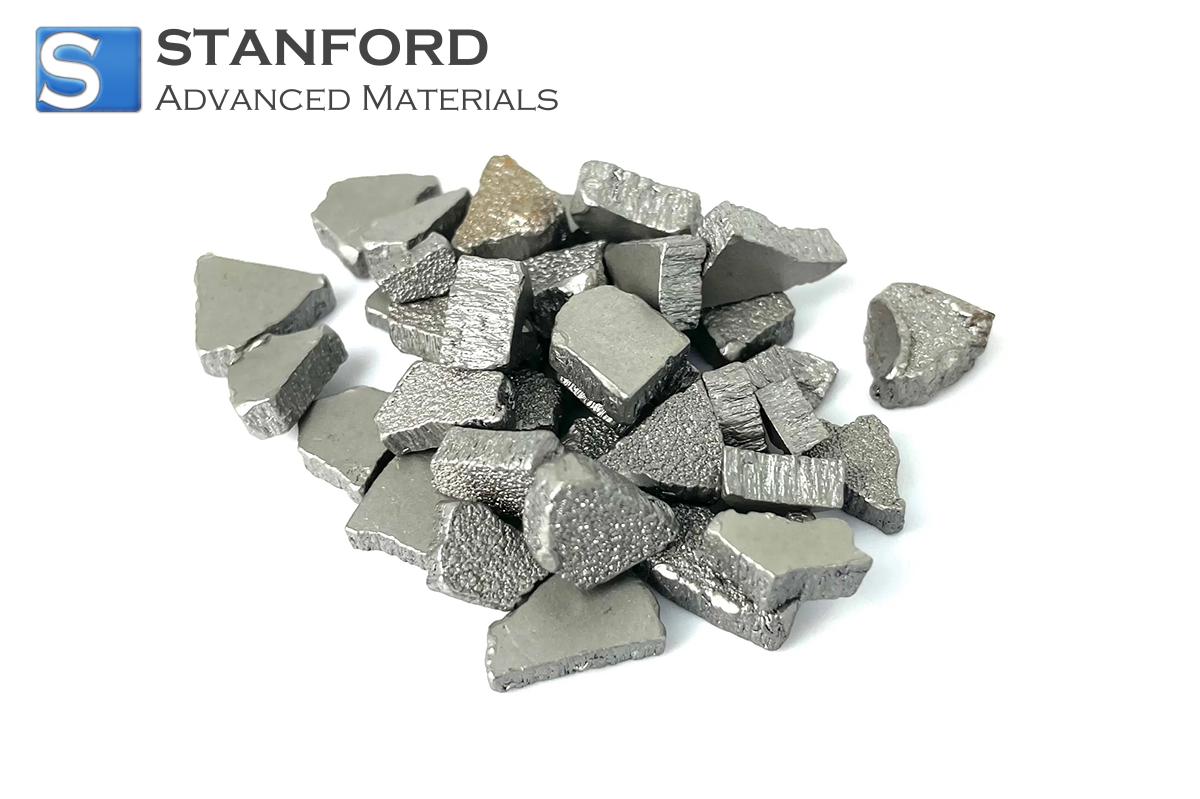
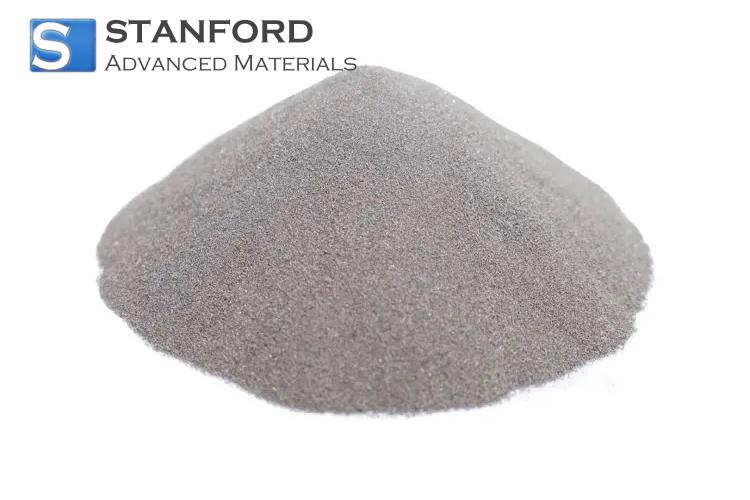
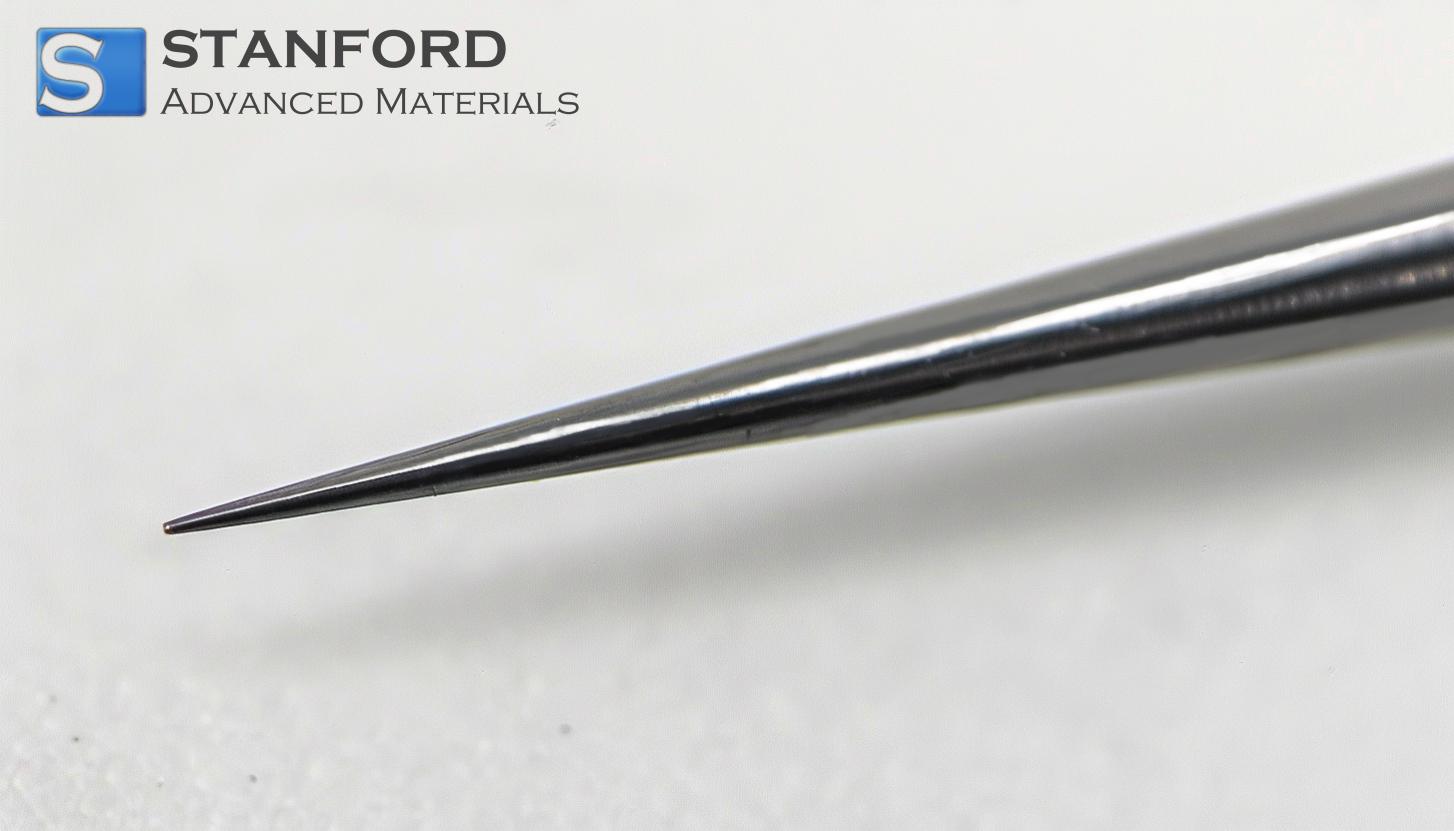
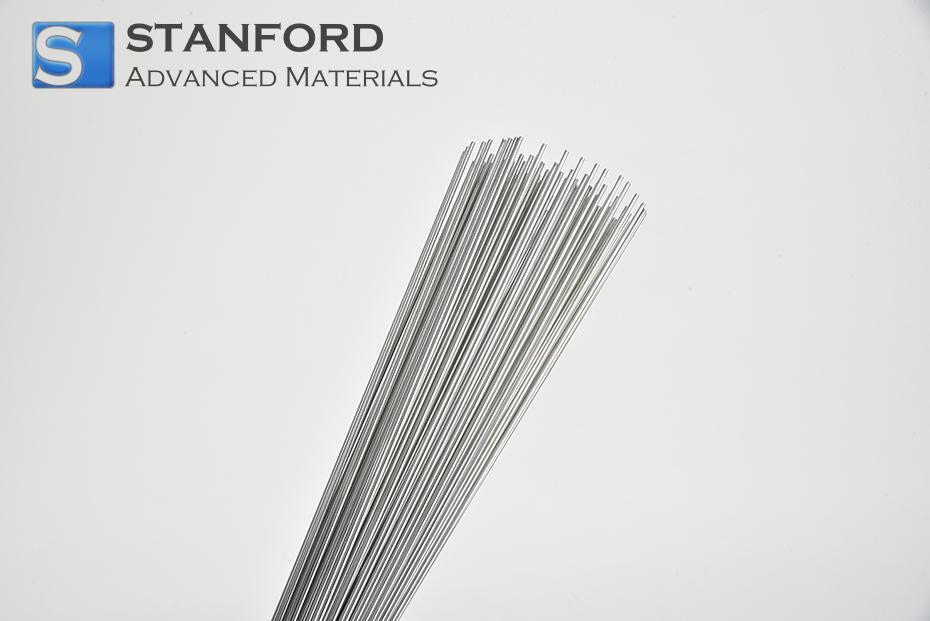
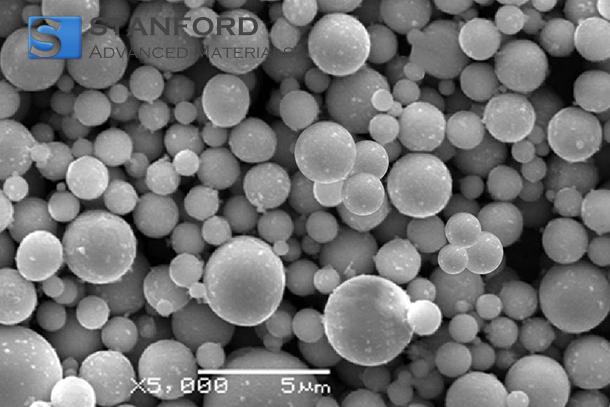
 Chin Trento
Chin Trento



